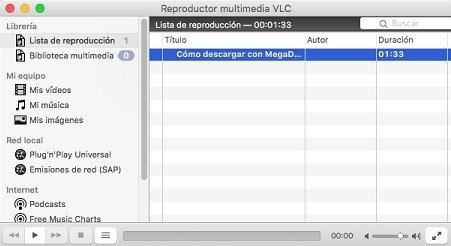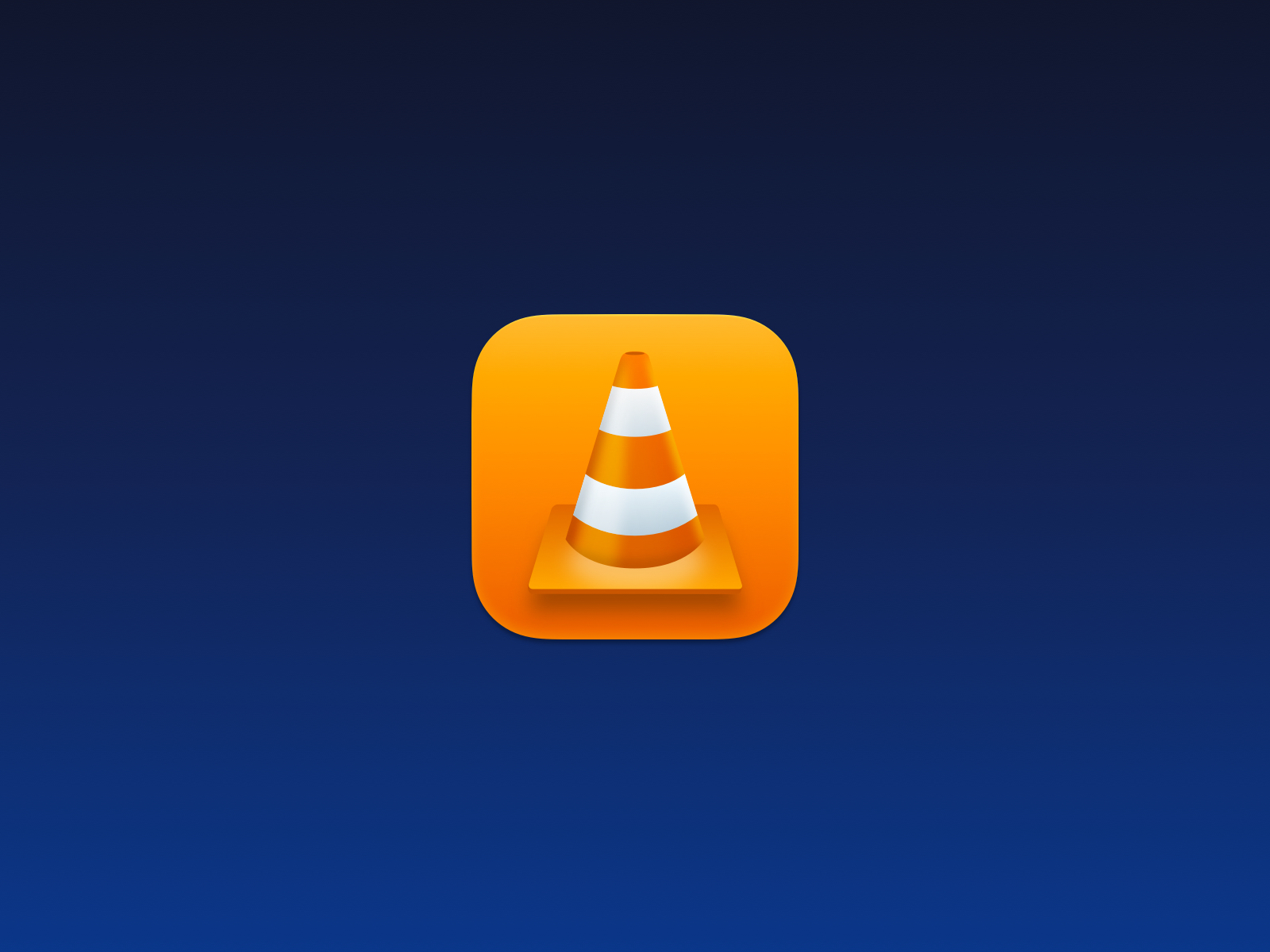

VLC MAC OSX WINDOWS

This section outlines what VLC can do for you (at V0.8.6a current active is V3.0.12) and will be completed as I check the use of menu options. The standard interface consists of the eight menus in the menu bar and the 'VLC - Controller' window that opens up by default. There has been an attempt to separate these two types of preference through an advanced items checkbox visible in the image above.Many people who want to use VLC media player on macOS will be intending to use the standard graphical interface that is provided by VLC. Again the ability to deselect Dolby detection is unlikely to appeal to a casual VLC user. There may be a link with the ability to detect Dolby which follows immediately after but that doesn't go grey when the first is deselected so it is unclear. The image above gives a beautiful example of this in action: the first preference is about enabling and setting a default output volume for the application, the second seems to be about a hardware/software standard, originating from Philips, but whose utility here escapes me even after after some web research. Some I strongly suspect are mainly for debugging purposes and may be better if they were moved to such a section. What you will notice is that in the preferences are items that are simple to understand and use as well as items that probably require you to be a developer to understand let alone use. The ordinary preferences are settings for the simpler parameters of the application, the advanced settings require some deeper knowledge to use them effectively.

Each section of preferences comes in two flavours, ordinary and advanced. Most of these you will probably not need to touch when you first start using the package, others you will want to set as personal defaults and some you will want to set for a single use only.

This menu gives you access to all the settings that establish the behaviour of types of commands.


 0 kommentar(er)
0 kommentar(er)
